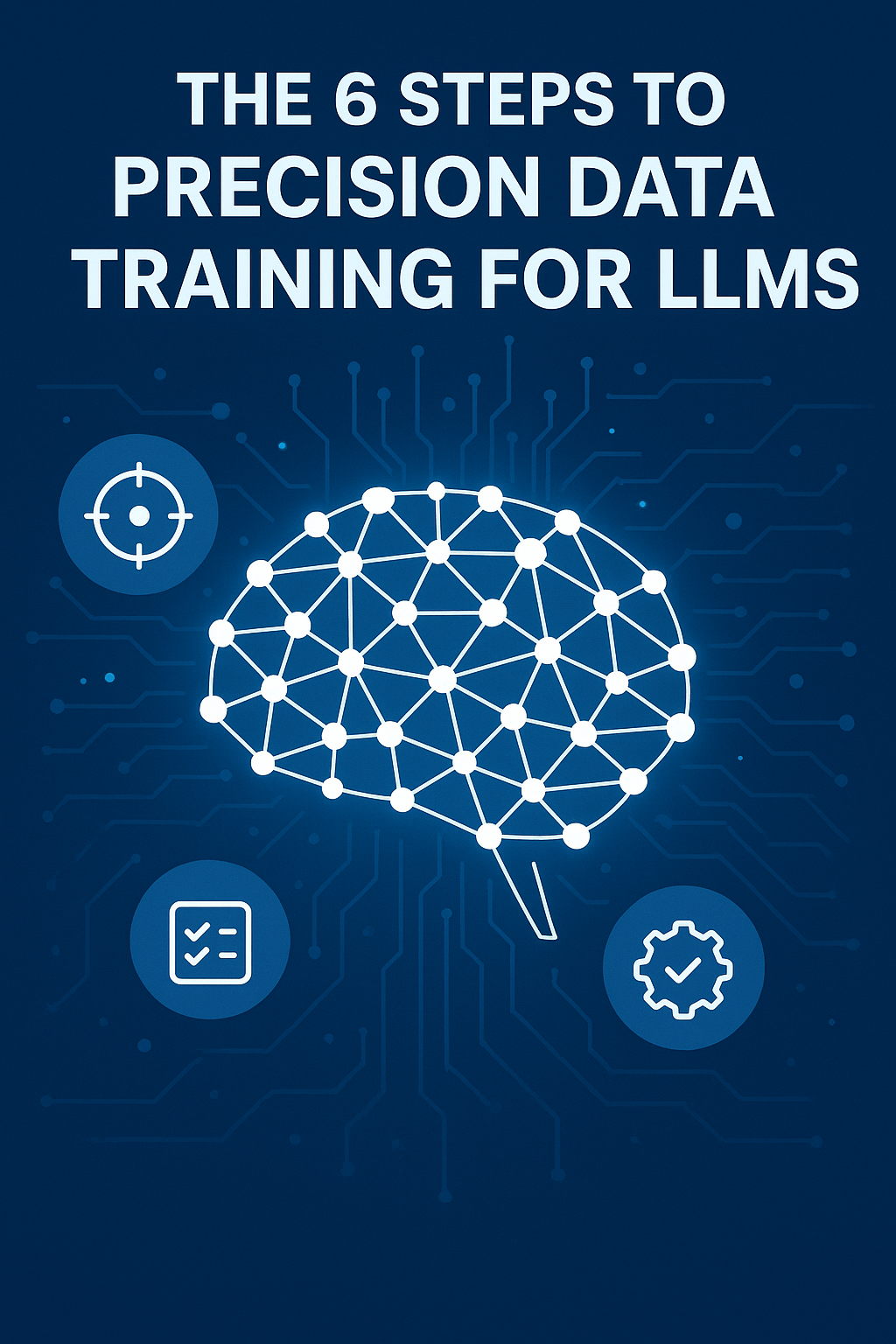Everyone talks about large language models, but the real magic isn’t just in the model — it’s in the data.
When training an LLM, precision data is the difference between a generic chatbot and a model that truly understands.
Here’s how it’s done 👇
- 1️⃣ Define the Mission – Before writing a single line of code, you define the purpose: what will the model learn, understand, and solve? Precision starts with intent.
- 2️⃣ Curate with Care – Data isn’t just collected — it’s curated. High-quality, domain-specific datasets are chosen, verified, and cleaned. Irrelevant or noisy data gets filtered out to avoid “hallucinations.”
- 3️⃣ Label for Context – Data labeling isn’t about quantity; it’s about clarity. Human-in-the-loop labeling ensures the model understands tone, meaning, and nuance — the human context behind the words.
- 4️⃣ Balance & Bias Control – Precision data must be balanced. Bias audits and diversity checks prevent the model from learning skewed perspectives or misinformation.
- 5️⃣ Fine-Tune with Feedback – After the base model learns the language, fine-tuning with precision data gives it expert-level understanding. This is where AI transforms from generalist to specialist.
- 6️⃣ Validate Relentlessly – Continuous testing, red-teaming, and feedback loops refine the model. The goal? A system that learns responsibly, performs consistently, and responds intelligently.
🔍 Precision data is not just clean data — it’s curated intelligence.
As we move into the next era of AI, those who master precision-driven training will create models that are not just large — but smart, secure, and aligned.

